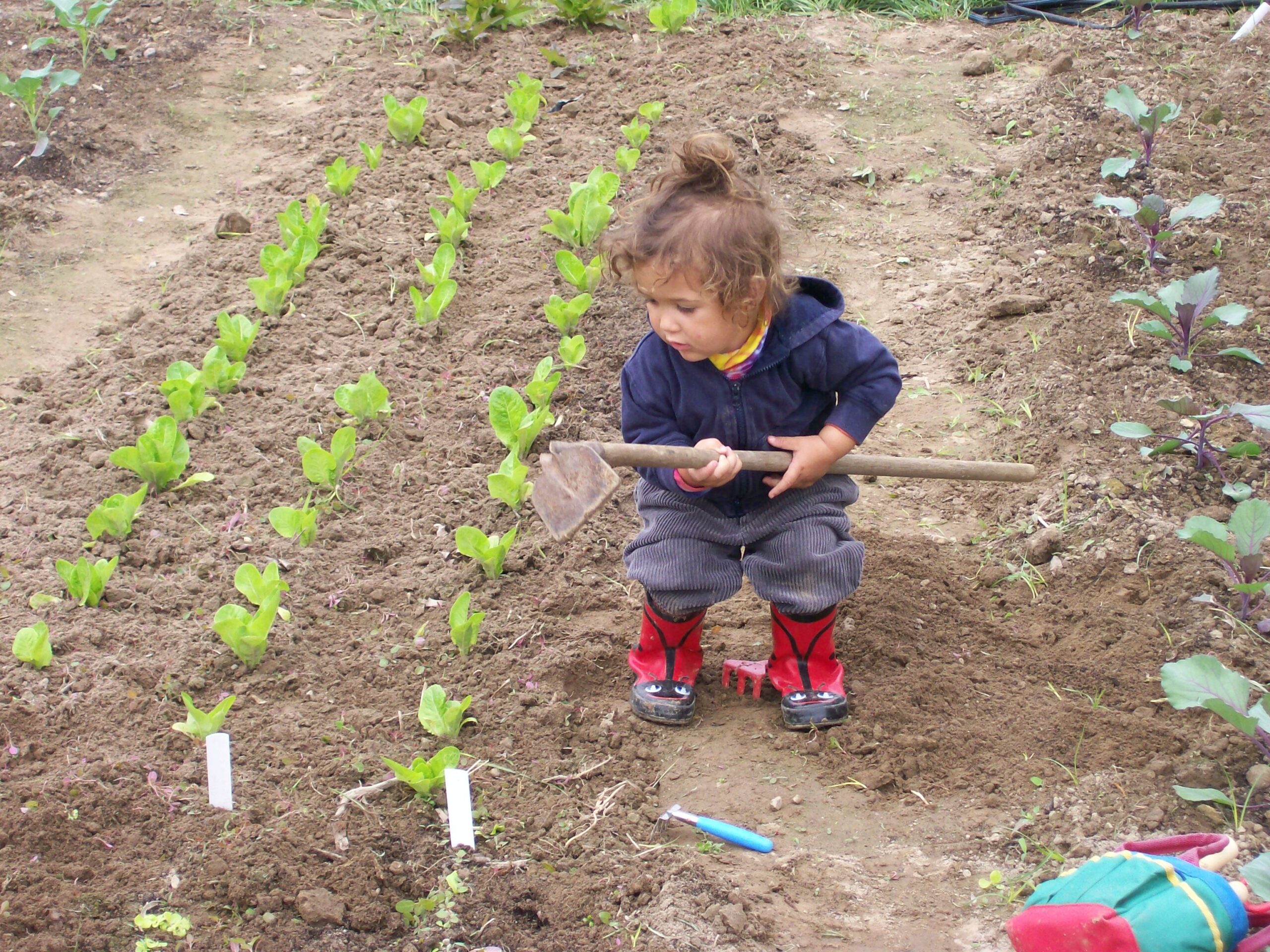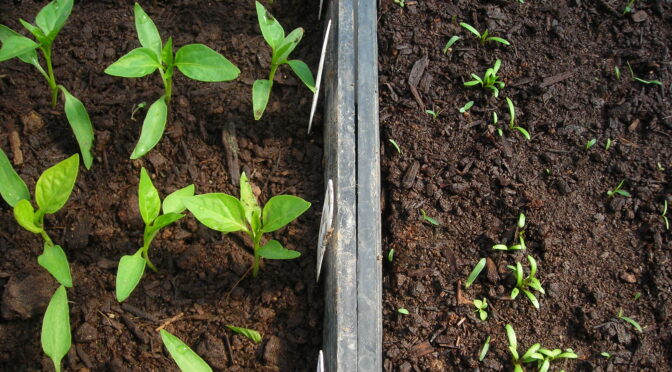The weather is getting warmer! In zone 7a, we’re transplanting out bulb onions, and we’ll soon begin to transplant out cold hardy crops like brassicas. After you’ve grown healthy seedlings, how well your crops transplant will determine how quickly they adapt to the field, how healthy they are, and how soon they produce. Here’s how to transplant seedlings for a bountiful season.
Hardening Off
When we start seedlings indoors, we carefully control the conditions. Seedlings are grown under artificial lights and kept warm and moist. These conditions are ideal for starting seeds but are very different from the conditions seedlings will face in the field. As we get close to transplanting, we need to prepare our seedlings for field conditions in a process called hardening off.
Hardening off seedlings means slowly adjusting them to the light, moisture, temperature, and wind they’ll be exposed to. Generally, the longer you allow plants to harden off, the better.
Hardening off seedlings means slowly adjusting them to the light, moisture, temperature, and wind they’ll be exposed to. Generally, the longer you allow plants to harden off, the better. At least a couple weeks before transplanting, we begin hardening plants off by moving them outdoors for a couple of hours per day, starting in a sheltered, shady location. We carry them back indoors at night. Gradually, we increase this time over the two weeks, exposing them to more wind, sun, and varying temperatures. If you do this too quickly, the sun and wind can burn the tender seedlings.
If it’s cold in your area, you can also use cold frames, greenhouses, and hoop houses to begin hardening off your seedlings earlier. While they’re still protected from wind and buffered from the temperature extremes, they will get more light exposure.
It’s also a good idea to adjust seedlings to the watering they will experience in the field. Rather than keeping the seedlings constantly moist, it’s a good idea to let them dry out some before watering.
Choose Your Day Carefully
Even after adequately hardening off, transplanting is difficult on tender seedlings. We pull them from their pots, disturb their roots, and plunk them into the soil outdoors, where they’re exposed to natural conditions. You can minimize their stress by choosing an appropriate day to transplant.
Ideal transplanting days are cool and overcast. Not having to cope with strong sun can help avoid wilt and encourage seedlings to adapt quickly and begin growing. If your schedule doesn’t allow for a perfect day, try to transplant in the evening.
 Loosen & Improve the Soils
Loosen & Improve the Soils
We already covered preparing your beds in another basics post. Even with a previously prepared bed, I like to dig a slightly larger transplant hole than needed and loosen the soil. I also like to add a bit of fertility to the soil. Mixing a bit of compost or fertilizer into the bottom of the transplant hole can help give plants a boost. Stir it into the soil well to avoid burning the plant’s roots.
Transplanting Tips
Once you’ve hardened off your seedlings, prepared your soil, and have a good day, it’s time to plant! You want to plant most plants at about the same level as they were in the pot, meaning that the soil is at the same level on the stem.
However, you should plant some plants like tomatoes and leeks should deeper. Tomatoes can be buried up to their first leaves, and they will produce roots along the buried portion of their stem. Planting leeks deeply allows you to produce leeks with thick, blanched stems. If a crop is new to you, it’s a good idea to do some research to see what your plants like.
If your plants are root bound, gently loosen the roots a bit to encourage them to spread into the surrounding soil. If you’re using peat pots or a similar compostable pot, you may want to tear them a bit to help allow the roots through. If any part of the peat pot sticks above the planting
Water Seedlings Well
Thoroughly soak your seedlings after transplanting, particularly if the soil is dry. Keep up with watering consistently, especially while the seedlings adapt. If you’re watering by hand, try to avoid splashing soil onto the plants, particularly tomatoes and other crops susceptible to blight. Drip irrigation is ideal.
Mulch
Mulching around your seedlings can improve productivity and minimize labor. Mulching with old leaves, wood chips, straw, or other materials can help prevent weeds, retain moisture, and add organic matter. It also can help keep soil from splashing up onto the leaves. Soil splashing onto leaves is one of the ways soil-borne fungal diseases will infect plants.
As we head into March in Virginia, it’s time to start transplanting. You can ensure healthy crops and a bountiful harvest when you take the proper steps when transplanting seedlings.

